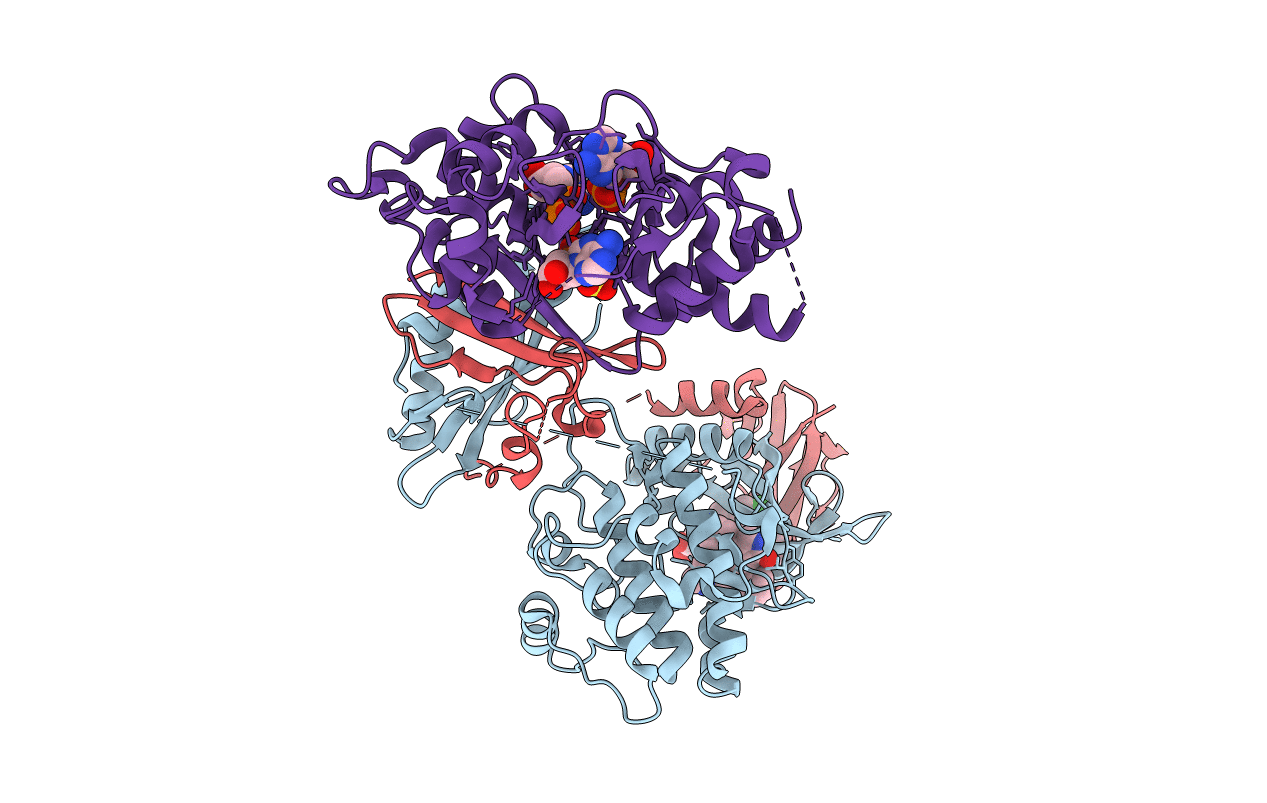
Deposition Date
2018-07-18
Release Date
2018-08-08
Last Version Date
2024-11-06
Method Details:
Experimental Method:
Resolution:
3.27 Å
R-Value Free:
0.23
R-Value Work:
0.21
R-Value Observed:
0.21
Space Group:
P 61 2 2


